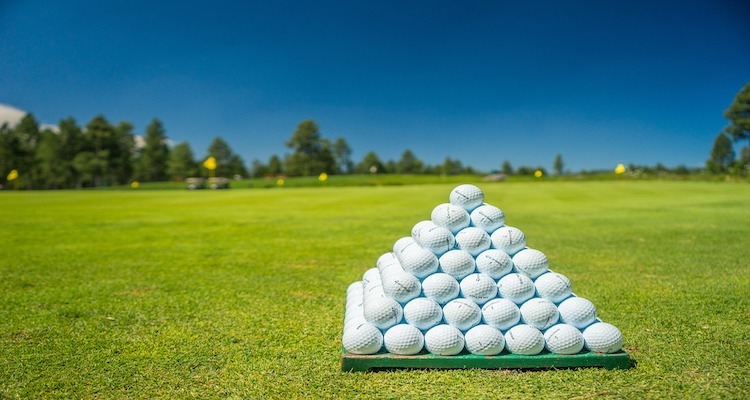
The exact number of golf balls produced each year can vary depending on a variety of factors, including the overall demand for golf balls and the production capabilities of the manufacturers. However, it's estimated that more than 1 billion golf balls are produced each year globally.
Some of the largest golf ball manufacturers in the world, such as Titleist and Callaway, have the capacity to produce tens of millions of golf balls per year. In addition, there are many smaller manufacturers that produce golf balls on a smaller scale.
It's worth noting that not all golf balls are produced for sale. Some golf balls are made for promotional purposes or to be used in driving ranges, and may not be included in the total number of golf balls produced for retail sale.
The United States Golf Association (USGA) and the R&A, which are the governing bodies of golf, have established specific rules for the size and weight of golf balls. According to these rules, the diameter of a golf ball must be at least 1.68 inches (42.67 millimeters), and its weight must not exceed 1.620 ounces (45.93 grams). In terms of shape, a golf ball is generally spherical with a dimpled surface to help reduce air resistance and increase its distance when struck.
The process of making a golf ball is quite complex, involving several stages over the course of several days. Here is a step-by-step process for the production of golf balls:
Overall, golf ball production is a complex process that requires precision and attention to detail to produce high-quality, consistent golf balls that meet the standards of the game.
It begins with the creation of a core, which is made up of two parts: an inner rubber core and an outer mantle layer. The rubber core provides the golf ball with its initial shape and size, as well as providing durability and resilience. The outer mantle layer encases the inner core and is composed of polymers such as polybutadiene. This layer gives the ball its spin characteristics and helps control trajectory.
According to a report published by ResearchAndMarkets.com in 2021, the global golf ball market was valued at approximately USD 1.2 billion in 2020. It is expected to grow at a compound annual growth rate (CAGR) of around 4% from 2021 to 2026, reaching a market size of around USD 1.5 billion by 2026.
If you would like to find out more about golf including what the numbers on a golf ball mean, how to clean a golf ball, and how many dimples there are on a golf ball then visit our sport performance blog.
